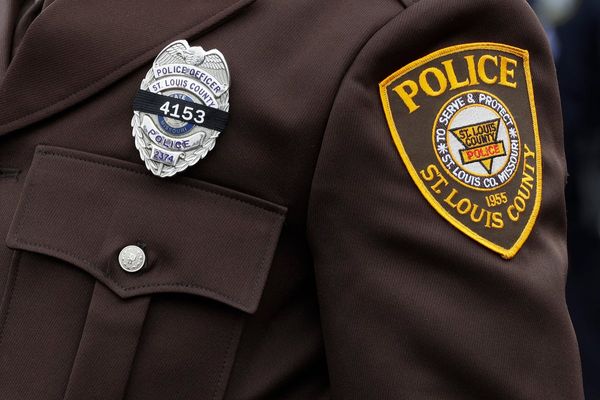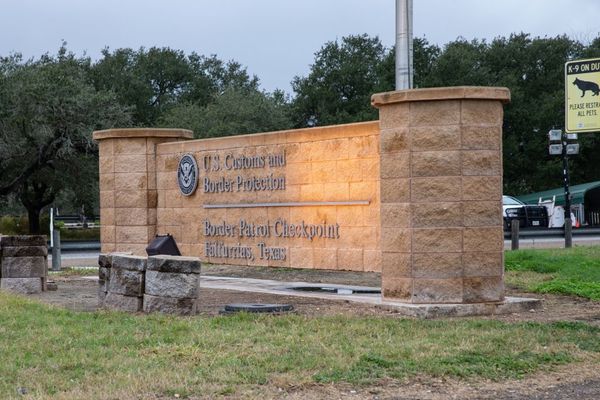With the Chandrayaan-3’s lander module Vikram successfully making a touchdown on the moon and the rover Pragyan ramping down, one camera developed by Laboratory for Electro-Optics Systems (LEOS) in Bengaluru has already made an impact while another would be guiding the Pragyan as it traverses the moon’s surface.
The Lander Horizontal Velocity Camera (LHVC), which is onboard the Vikram, has already clicked the first image of the moon during its descent on the lunar surface on Wednesday
LHVC, which was initially developed for the Chandrayaan-2 mission, has also been adopted for the Chandrayaan-3 mission.
“LHVC has an important role of measuring horizontal velocity during the Lander descent phase. It does a complex algorithm calculating the velocity in which the lander is travelling. This instrument provides important information during the descent, ” said Subhalakshmi Krishnamoorthy, who led a team of scientists at LEOS to develop the camera. She has now retired from ISRO.
The second camera is the Navigation camera (NAVCAM) and two of them will be the eyes of the Rover, guiding it as it traverses the moon’s surface.
Both NAVCAMs are fitted in the front of the rover for path planning and obstacle avoidance for the rover.
“The Pragyan Rover has two Navigation cameras fitted in the front of the rover to navigate the Rover in the lunar terrain. NAVCAM-Left & NAVCAM -Right help in path planning and obstacle avoidance, to ensure that there is no rock, there is no obstacle, there is no pit etc., in the path. It is like a human being or robot having eyes, so wherever the rover is going to move there is a path planning which is done based on the stereo images from Navcams” said Ms Krishnamoorthy, the former Deputy director of ISRO. She attributed the success to the sincere and dedicated hard work of her team members.
She added that both the cameras were developed for the Chandrayaan-2 lander and rover. However, the Chandrayaan 2 mission ended in a failure when during the descent, the Vikram lander crashed on the lunar surface. It subsequently lost communication with the ground stations.







